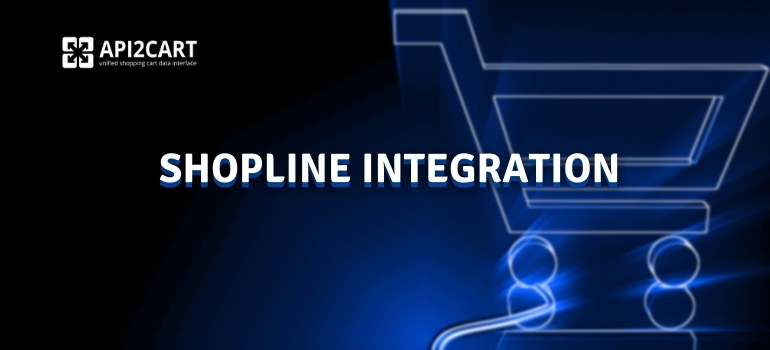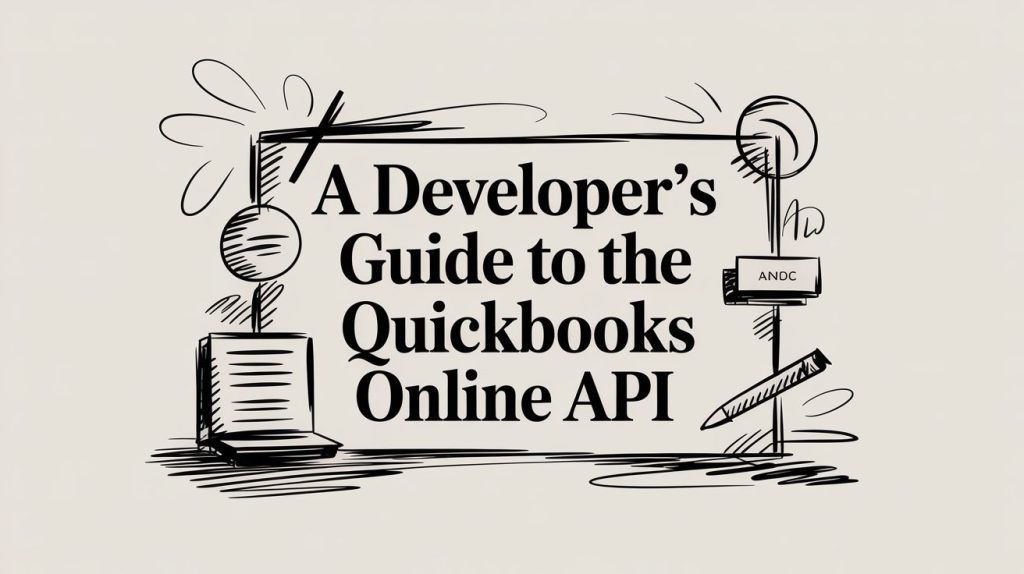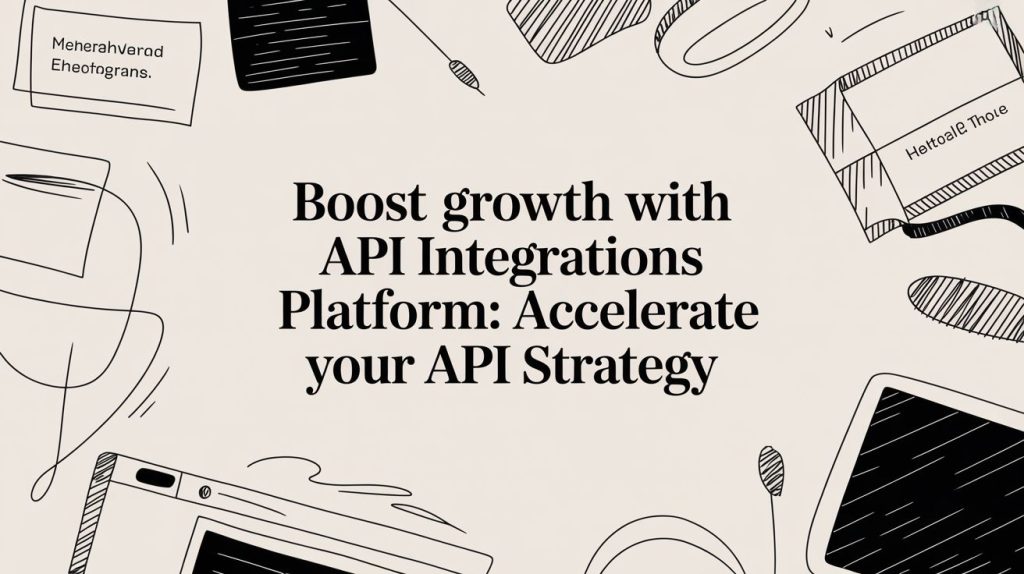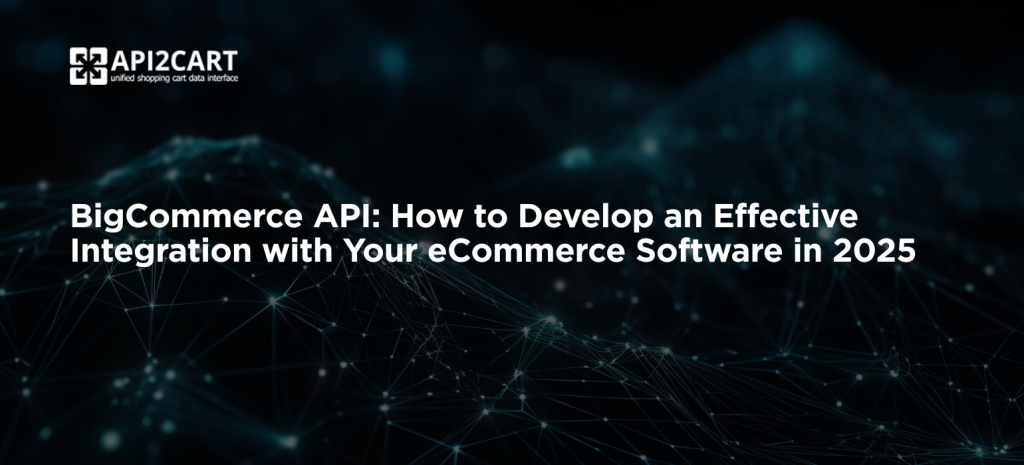
For B2B software makers seeking to expand their applications and enter new markets, reliable eCommerce data integration is essential. This integration allows their software to access store data such as products, orders, and customers. Shopline is a trusted global eCommerce platform serving 30,000 online merchants. Shopline integration expands your potential customer base, improves modularity, and provides a richer set of functions.
Below we explain how Shopline integration works and how you can connect your software or app using the API.
Shopline Integration
Integration with Shopline enables developers to modify and expand the features of their eCommerce software. Businesses can differentiate themselves and deliver unique customer experiences by creating solutions tailored to specific needs.
Shopline's API allows integration with a wide range of platforms and services, including payment gateways, logistics companies, marketing tools, and CRM systems.
Most Shopline API endpoints accept requests in JSON format and return responses as JSON data. Developers can send and retrieve data to create orders, update product information, and look up customer details. JSON templates also allow control over the appearance of pages in applications.
The Shopline RESTful API lets developers work with products, orders, customers, inventory, and more. They can retrieve product information, create and update orders, and manage customer data within the Shopline ecosystem.
In addition to the RESTful API, Shopline may offer Software Development Kits (SDKs) with pre-built libraries and tools to speed up and simplify integration.
How Does Shopline Integration Work?
Shopline relies on third-party developers to create applications that enhance the platform’s capabilities and provide merchants with a complete DTC solution. These apps can use Shopline store data or interact with external providers.
To start integration, developers must create a Shopline developer account to obtain credentials and API access rights. Authentication ensures that only authorized applications can access and manage store data.
Once authenticated, developers can send API requests to perform actions such as pulling product data, editing listings, and processing orders and payments. The API also provides access to store settings, collections, customers, and other resources.
A faster way to connect your B2B software with Shopline is by using API2Cart — a unified shopping platform integration interface. It offers more than 100 API methods to work with data from online stores, including retrieving and updating product, order, and shipment information.
Through API2Cart, you can integrate with Shopline and 60+ other platforms at once, expanding your market reach and simplifying integration maintenance.
How to Get Started with Shopline Integration
API methods include importing product data, updating orders and inventories across channels, and managing listings. To try integration with Shopline, request a trial. You can then connect unlimited client stores and start working with their data.
API2Cart is ideal for software providers in order and inventory management, shipping, pricing, and other eCommerce spheres who want to connect to multiple shopping platforms or marketplaces simultaneously.
By connecting via API2Cart, you gain access to store data from numerous platforms. We provide complete API Docs and SDK to ensure smooth development.



